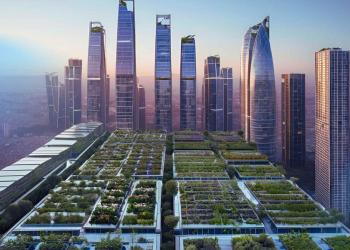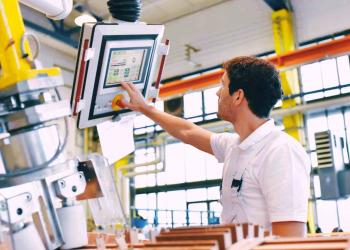
Government of Singapore Seeks Insights from Barcelona LEZ IoT Platform
SEIDOR Opentrends, a leading technology solutions provider, hosted a delegation from the Government of Singapore at the offices of the Barcelona Metropolitan Authority (AMB) to explore the innovative IoT platform powering the city's Low Emission Zone (LEZ).

Smart Nation Gov of Singapore Representatives and Seidor Opentrends
Launched in 2017, Barcelona's LEZ is a pioneering initiative aimed at improving air quality and optimizing resource management. SEIDOR Opentrends, in partnership with AMB, developed a cloud-native IoT platform on AWS to effectively monitor and enforce LEZ restrictions, while also collecting valuable data for analysis and decision-making.
Key features of the platform include:
- License plate recognition: Cameras capture vehicle data for enforcement purposes thanks to DGT (Department of Motor Vehicles) integration
- Real-time air quality monitoring: Integration with the SCCA system (Air Pollution Control System) provides up-to-date pollution levels
- Exemption management: A streamlined process for handling exceptions and permits.
- Data analytics: Robust data storage and analysis capabilities
- Architected on business logic, separating front-end and back-end layers
SEIDOR Opentrends' work on Barcelona's LEZ has demonstrated the power of IoT and data-driven governance in creating sustainable cities. The platform has contributed to:
- Enhanced air quality: Reduced emissions from restricted vehicles
- Improved resource management: Optimized allocation of urban resources
- Digital transformation: Streamlined processes and decision-making

A Global Model for Sustainable Cities
The Government of Singapore, known for its commitment to technology-driven solutions, is exploring ways to leverage IoT and data analytics to improve its own urban environment. SEIDOR Opentrends' work on Barcelona's LEZ serves as a valuable reference point for the Singaporean government.
With a proven track record of delivering innovative solutions to governments worldwide, Seidor Opentrends is dedicated to helping cities achieve their sustainability goals. By combining cutting-edge technology with deep domain expertise, the company is driving positive change in mobility, smart cities, and healthcare.
Want to learn more about our IoT and data-driven solutions? Contact our experts today to discuss your specific needs.
FAQs about smart cities and city infrastructure
What is the role of IoT in smart cities?
IoT technology forms the backbone of smart cities by connecting and integrating various aspects of urban life. It enables data-driven decision-making, resource optimization, improved public services, and enhanced quality of life for citizens while promoting sustainability and efficiency in urban environments.
What are the challenges in implementing smart city infrastructure?
Implementing smart city infrastructure presents several challenges:
- High upfront investments in hardware, software, connectivity, and ongoing maintenance. Funding such large-scale projects can be a challenge for municipalities and governments.
- Compatibility with existing infrastructure might require upgrading outdated systems to ensure seamless integration.
- Data privacy and security robust measures to protect sensitive information from unauthorized access and ensure compliance with data protection regulations.
- Lack of interoperability and standardization to enable seamless communication and data exchange between different components.
- Public acceptance and participation are vital for its successful implementation.
- Scalability and future-proofing to accommodate future growth and technological advancements.
- Governance and collaboration among multiple stakeholders.
- Bridging the digital divide and providing equitable opportunities for all residents, including those in underserved communities.
What is a Low Emission Zone?
A low-emission zone is a defined zone that restricts the use of polluting vehicles. It is a traffic reduction strategy for cities seeking to reduce emissions, tackle congestion, and improve mobility and air quality.
How has Seidor Opentrends' work on the Barcelona Low Emission Zone (LEZ) platform contributed to sustainable smart cities?
Seidor Opentrends' work on the Barcelona Low Emission Zone (LEZ) platform has resulted in increased synergies that contribute to the evolution of an intelligent environment harnessing data and technology. It has streamlined the digitalization of regional governance and management, making it a global reference for sustainable smart cities' best practices and IoT cloud infrastructure.



